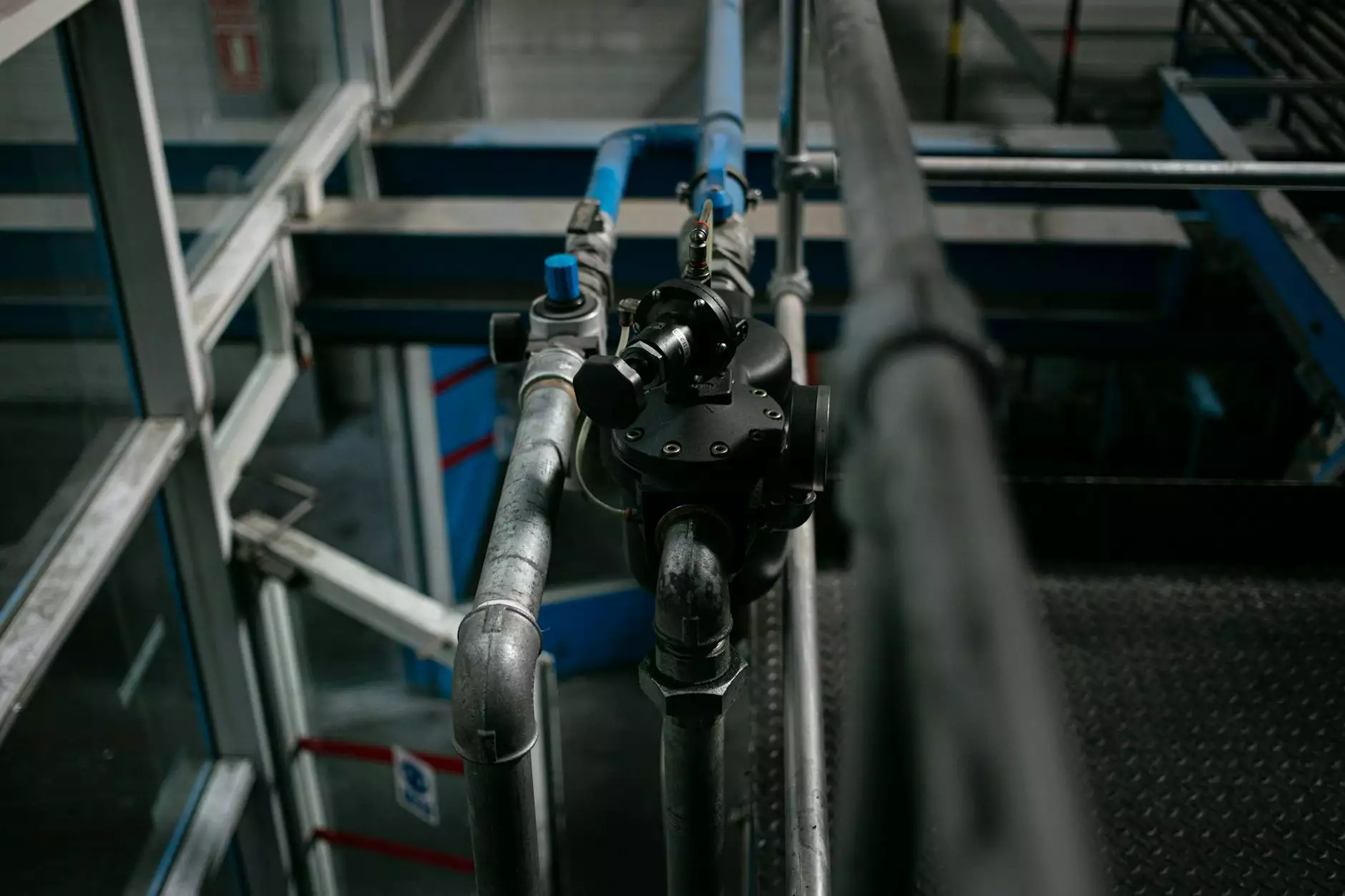Understanding the Transmission Neutral Safety Switch: Importance and Functionality

The transmission neutral safety switch is a fundamental component in modern vehicles, deeply integrated into their operation and safety mechanisms. It serves a crucial role in ensuring that a vehicle does not accidentally move when starting the engine, thus preventing potential accidents and damage. This article aims to delve into the significance, functionality, and maintenance of the transmission neutral safety switch, helping vehicle owners comprehend its vital role in automotive safety.
What is a Transmission Neutral Safety Switch?
The transmission neutral safety switch is an electrical component that is engaged when the vehicle is in park or neutral. It essentially prevents the engine from starting unless the transmission is in one of these two positions. By doing this, it adds a layer of safety, ensuring that the vehicle does not lurch forward or backward unexpectedly. This switch is commonly found in both automatic and manual transmissions in various models of cars.
How Does the Transmission Neutral Safety Switch Work?
At its core, the transmission neutral safety switch works by breaking the electrical circuit necessary to start the engine unless the transmission is in a specified gear. Here’s how it operates:
- Position Detection: The switch monitors the position of the gear shift, confirming whether the vehicle is in park or neutral.
- Signal Sending: If the transmission is in the correct position, the switch sends a signal to the starter motor, enabling the engine to start.
- Safety Lock: If the transmission is in any other gear (like Drive or Reverse), the switch prevents the starter motor from receiving the signal, effectively locking out any chance of starting the vehicle in gear.
The Importance of the Transmission Neutral Safety Switch
Understanding the importance of the transmission neutral safety switch is crucial for every vehicle owner. Here are a few reasons why this component is so significant:
1. Enhancing Vehicle Safety
The most significant function of the switch is to enhance safety. By ensuring that the vehicle can only start in park or neutral, it prevents unexpected movement, protecting the driver, passengers, and bystanders.
2. Preventing Accidents
Without a functioning neutral safety switch, starting a vehicle inadvertently while it is in gear can lead directly to accidents. The switch acts as a safeguard against such mishaps, contributing to road safety.
3. Ensuring Smooth Operation
Aside from safety, the transmission neutral safety switch enables smoother operation of the vehicle. It helps maintain the integrity of the vehicle's starting system, ensuring a hassle-free driving experience.
Symptoms of a Faulty Transmission Neutral Safety Switch
As with any component in an automobile, the transmission neutral safety switch can fail. It’s essential to be aware of the symptoms indicating potential failure:
- Engine Not Starting: If the vehicle doesn’t start even when the gear is in park or neutral, the switch may be defective.
- Gear Shift Indicator Issues: If the gear indicator does not accurately display the position or if it is stuck in one position, this is a sign of a faulty switch.
- Starting Issues in Drive or Reverse: If the engine starts when the transmission is in Drive or Reverse, the transmission neutral safety switch may be malfunctioning.
- Intermittent Starting Problems: Having sporadic starting issues can also point to switch problems; sometimes it works, and other times it does not.
How to Diagnose a Faulty Transmission Neutral Safety Switch
Diagnosing a faulty transmission neutral safety switch involves several steps, ideally performed by a trained technician, but understanding the process can help car owners navigate repairs:
- Visual Inspection: Begin with a visual examination of the switch for any physical signs of damage or disconnection.
- Electrical Testing: Use a multimeter to check for continuity in the switch. A lack of continuity where there should be can confirm a fault.
- Gear Shift Position Check: Manually check the gear shift indicator to ensure accurate readings and proper alignment with the switch.
- OBD-II Scanning: Utilize an OBD-II scanner to identify any diagnostic trouble codes (DTCs) related to the starting circuit, which can pinpoint issues with the switch.
Replacing the Transmission Neutral Safety Switch
If you’ve identified that your transmission neutral safety switch is indeed faulty, replacement may be necessary. Here’s a basic guide on how to replace this switch:
- Gather Tools: You will need a socket wrench set, screwdrivers (flathead and Phillips), a multimeter, and a replacement switch.
- Disconnect the Battery: Safety first! Disconnect the negative terminal of the battery to prevent any electrical issues.
- Locate the Switch: The switch is typically located on or near the transmission. You may need to reference your service manual for the exact location.
- Remove and Replace: Unscrew the faulty switch and disconnect the wiring harness. Connect the new switch, ensuring it’s correctly seated and reconnect the battery.
- Test the New Switch: Before reassembling everything, test the new switch to confirm it’s functioning correctly. Start the vehicle to ensure it starts only in park or neutral.
Maintaining Your Transmission Neutral Safety Switch
Prevention is always better than cure. Regular maintenance of the transmission neutral safety switch can help prolong its life and prevent unexpected failures:
- Regular Inspections: Periodically check the switch and its connections for wear or corrosion.
- Cleaning: Keep the area around the switch clean to prevent debris buildup, which can affect performance.
- Check for Error Codes: Regularly scan your vehicle for diagnostic trouble codes that might indicate issues with the switch early on.
Investing in Quality Auto Parts for Longevity
When it comes to replacing a transmission neutral safety switch, always opt for high-quality parts. At Shenghai Auto Parts, we specialize in automotive, auto parts & supplies, offering a wide range of products that ensure safety and performance in your vehicle. Investing in quality parts not only enhances your vehicle’s performance but also improves longevity and reduces maintenance costs in the long run.
In conclusion, the transmission neutral safety switch is much more than just a simple electrical component; it is a critical aspect of vehicle safety and operational efficiency. Understanding how this switch works, recognizing symptoms of failure, and maintaining it properly are crucial steps every vehicle owner should take. By ensuring that your vehicle operates under optimal conditions, you not only contribute to your safety but to the safety of everyone on the road.









